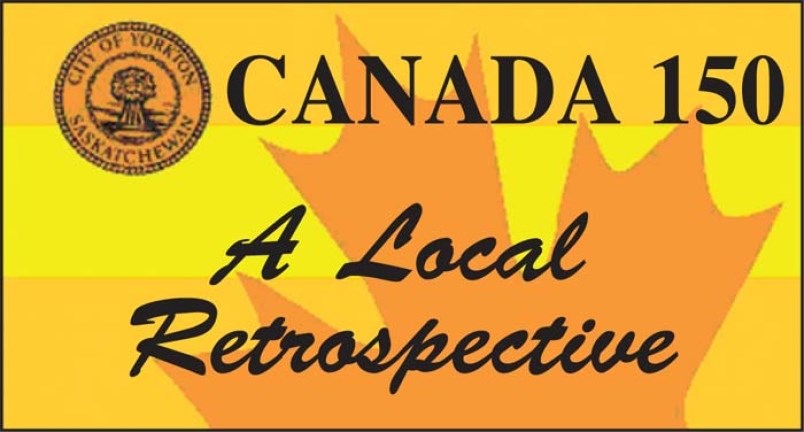This week in 1958, work was continuing to rescue men in a mining disaster in the third Springhill Mining Disaster.
The disaster was caused by a “bump,” an underground earthquake in the mine. That lead to the collapse of the Cumberland No.2 colliery.
The Yorkton Enterprise, in the November 6, 1958 edition, pictures of two of the most recently rescued men in the disaster, Harold Brine and Gorley Kempt. They were among 12 men trapped in the mine who were feared dead, but were discovered alive after being trapped for six and a half days. The Enterprise declared the discovery of these twelve men as a miracle on the front page of the previous edition.
In total, seventy five men died in the disaster, while 99 were trapped but eventually rescued.
Closer to home, Yorkton voted for their mayor. There was not much change in the administration in Yorkton, as W.E. Fichtner kept his position with 1,489 votes, above challenger Lawrence Ball, who received 1,249 votes. In fact, all the positions were roughly the same as in the 1956 election. The alderman all remained the same, with W. J. Johnston, Otto Fietz and Martin Sapara all regaining their positions and maintaining their same relative popularity, finishing in the same positions as they had in the previous election.
The big issue of the day was the restoration of Central Standard Time for Yorkton, as the province moved to Mountain Standard Time and discard Daylight Savings Time and Yorkton, on the eastern edge of the province, wanted to stick to Central Standard Time. Some people running for council ran under the slogan “Let us put the sun back into our day.”
Even though the city council couldn’t actually do anything about the time zone change – though they did explore the possibility of legal action – the Enterprise ran a column about how being on Mountain Standard Time was ruining everyone’s lives, making it dark much too early and waking everyone up earlier than they would prefer.
Eventually, in 1966, with the help of an astronomer from the province, Saskatchewan decided to permanently use the Central Time Zone, without daylight savings time, where it has been ever since. While there have been proposals to reintroduce daylight savings time, they proved unpopular, and according to certain recent arrivals to this province (Yorkton This Week’s Sean Mott, for example), the rejection of daylight savings time is one of the best parts of living here.
Automobile dealers in the city were very excited, for the 1959 models were starting to roll in to dealerships. Ford had the next Edsel, though the writing was already on the wall for that famously unpopular sub-brand, as well as the upcoming 1959 Meteor, a Canadian exclusive model. Chevrolet was advertising the new 1959 models as well, a car which was the result of a coup within the design department at General Motors. After designers spotted Chrysler’s then-upcoming 1957 models, they waited until boss Harley Earl went on vacation before going in a radical new direction under Bill Mitchell for 1959, as 1958 was already locked in. The new designs were significantly lower and wider than the previous year, with dramatic fins – the next year significantly toned down the looks as a result. They also represented a changing of the guard at General Motors, as Earl retired and Mitchell ran the design studio until the 1970s. The ad copy at the time did not reference the car’s dramatic birth, merely noting repeatedly just how new the new car was.



